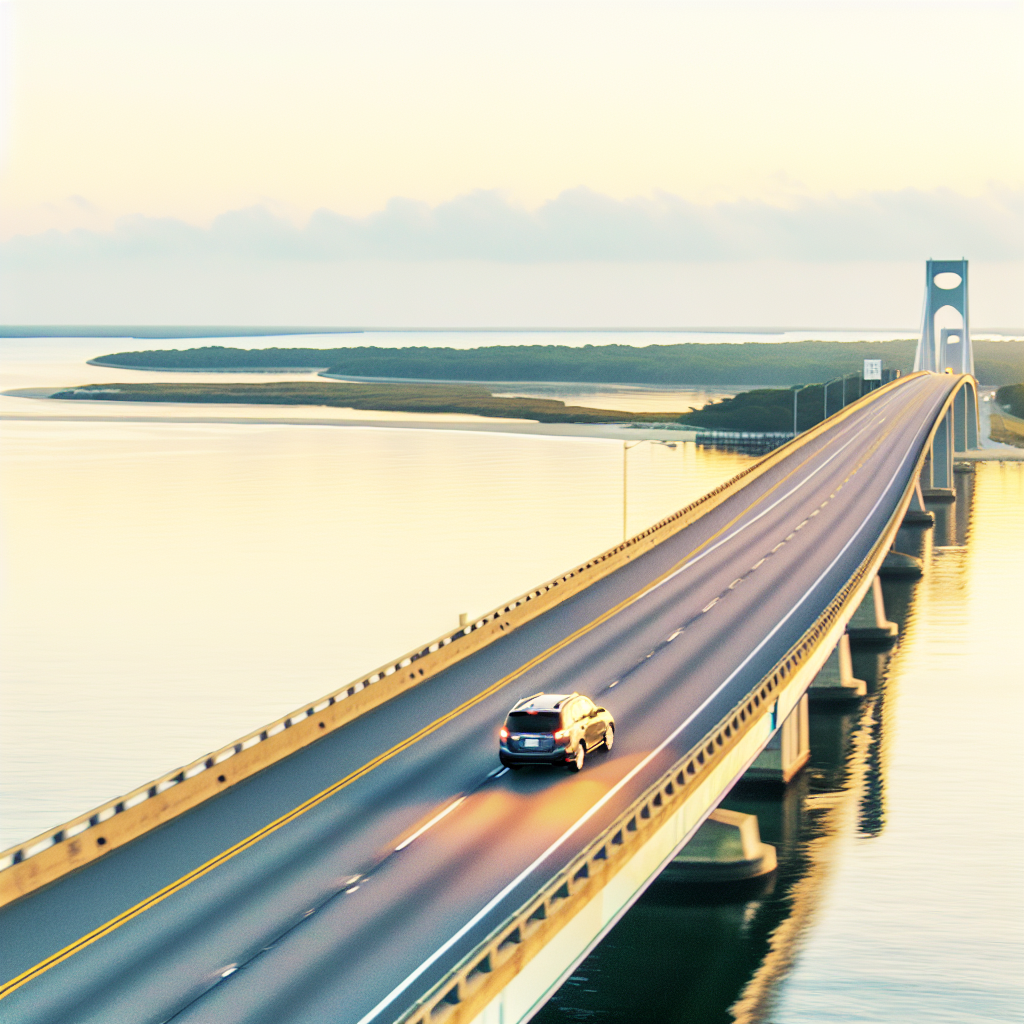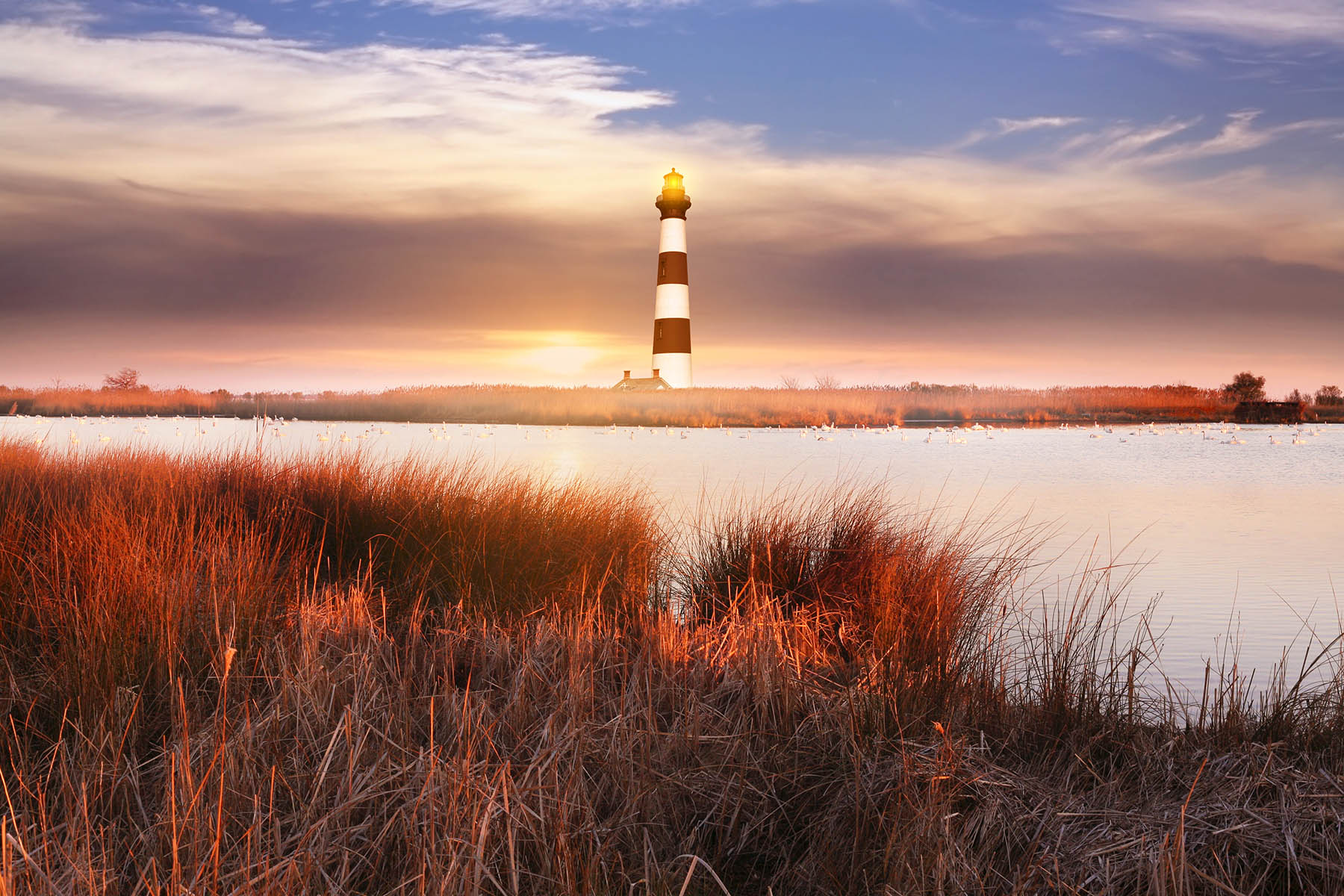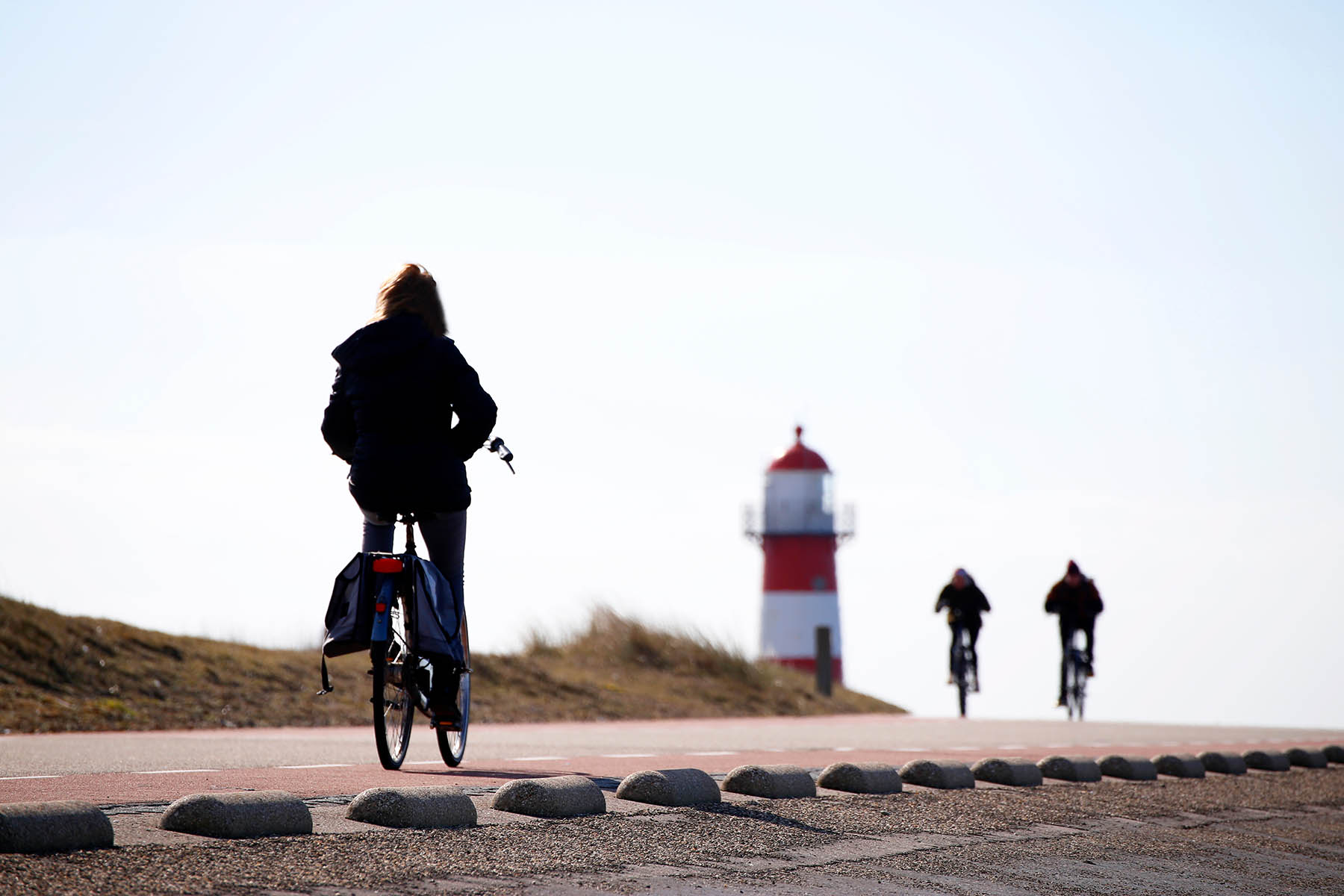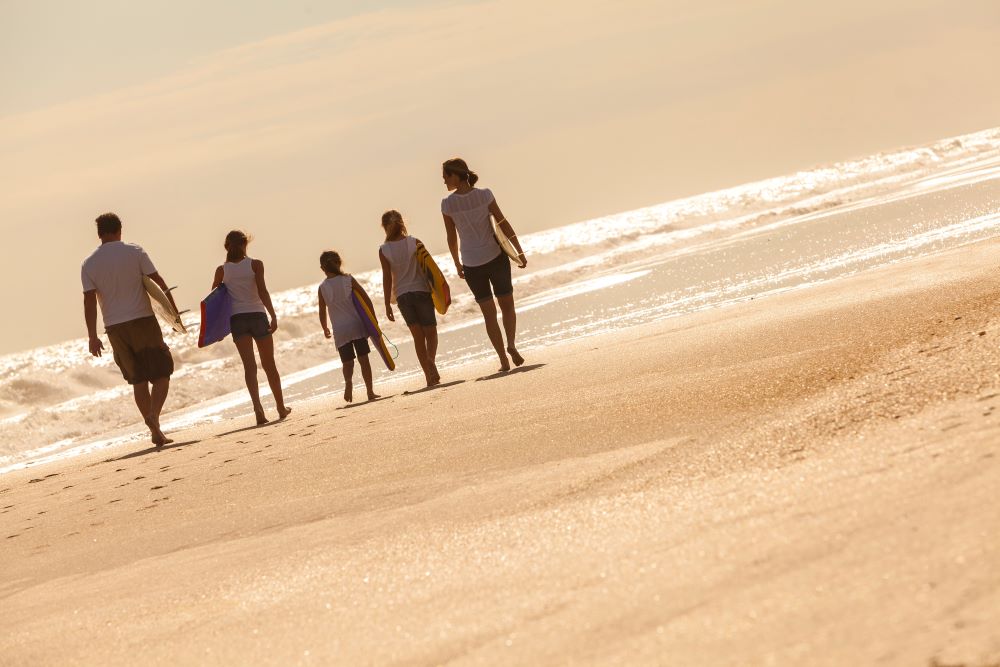Best Time to Drive to Outer Banks: Timing Is Everything
The best time to drive to Outer Banks can mean the difference between a smooth arrival and hours stuck in bumper-to-bumper traffic. Thousands travel to North Carolina’s stunning barrier islands each year seeking sun, surf, and Southern charm. Planning your route and travel hours around traffic patterns, weather, and peak season crowds ensures your Outer Banks getaway begins with ease and enjoyment.
Understanding Seasonal Traffic Patterns
Seasonal travel surges can turn a scenic road trip into a frustrating crawl. Outer Banks traffic typically spikes from Memorial Day through Labor Day, especially on Saturdays—when most weekly rental turnovers occur. The Wright Memorial Bridge near Kitty Hawk is a known bottleneck during these times, largely due to drivers arriving from Raleigh, Richmond, and Washington D.C.
For a smoother drive, plan to arrive midweek, ideally Tuesday or Wednesday morning before 10 a.m. Travelers arriving early morning (before 8 a.m.) or late evening (after 6 p.m.) experience far fewer delays on highways like US 158 and NC 12. Sunrise crossings offer gorgeous views and empty lanes, a winning combination.
Best Weather Windows for Driving and Exploring
Weather plays a big role in choosing the best time to drive to Outer Banks. Summer offers hot, sunny beach days but also crowds, humidity, and traffic. Instead, consider April through early June or mid-September through October. These shoulder seasons deliver warm weather, less congestion, and relaxed vacation vibes.
Activities abound beyond the beach. Spring and fall are great for outdoor adventures like hiking the shifting dunes of Jockey’s Ridge or kayaking near Alligator River National Wildlife Refuge. Fall also marks peak bird migration, making locations like Pea Island National Wildlife Refuge a favorite with photographers and birders.
Winter brings quiet beaches, dramatic skies, and budget-friendly accommodations. Though it’s cooler, it’s ideal for travelers seeking solitude or unique photo ops. Just remember to monitor road conditions before traveling to more remote spots like Ocracoke Island, where ferry routes and bridges may be weather dependent.
Holiday and Event Hotspots to Watch For
Special events can significantly impact traffic to Outer Banks towns. Planning around local festivals and holidays ensures fewer surprises on the road. Look out for:
- OBX Seafood Festival (October, Nags Head): Popular with locals and visitors. Arrive early or stay nearby to avoid delays.
- Wright Brothers Day (December 17, Kill Devil Hills): Parking fills fast during this historic commemoration, though traffic remains moderate.
- Hang Gliding Spectacular (May, Jockey’s Ridge): Crowds build near the dunes. Carpool or arrive early to beat the rush.
The Fourth of July prompts one of the highest traffic volumes. If traveling during this weekend, avoid midday movement and aim for early morning or late evening departures—before 6 a.m. or after 8 p.m. Staying in less congested areas such as Frisco or Rodanthe can help ease arrival and departure stress.
Hidden Routes and Scenic Detours
Sometimes the best time to drive to Outer Banks depends on the route you take—not just the hour. While most default to US 64 or 158, detouring along Route 264 through the small towns of Columbia and Manteo adds scenic charm. Think cypress groves, marshes with herons, and serene coastal backroads that slow your pace—in a good way.
Buffalo City Road off Highway 64 offers access to the Alligator River National Wildlife Refuge. It’s a local gem for wildlife spotting, especially early or late in the day. Pack a picnic, bring binoculars, and turn part of your trip into a nature-focused pause.
For a memorable journey, consider the NCDOT Ferry. Routes from Swan Quarter or Cedar Island to Ocracoke Island offer peaceful sailing and stunning water views. These ferries fill up during late spring and summer, so reservations are recommended.
Family-Friendly Tips for Stress-Free Driving
Long car rides can be especially tough on kids, making travel timing essential. Align your departure with nap times or early morning energy peaks. Bring snacks, music, and beach-themed audiobooks to keep backseat boredom at bay.
Break up your drive with stops at places like the North Carolina Aquarium on Roanoke Island or the Elizabethan Gardens in Manteo. Both are low-stress detours with plenty for kids to explore, and they’re conveniently located near main travel routes.
Fuel up before crossing the Wright Memorial Bridge, as gas prices rise quickly on the islands—and options become sparse farther south.
When Locals Hit the Road
Outer Banks residents know the rhythm of traffic well. During summer weekends, many avoid Highway 158 from 10 a.m. to 4 p.m. entirely. Instead, locals hit shops and bike trails early in the morning to dodge the swell of arriving tourists.
Mimic these patterns to enjoy a smoother journey. Grab your pre-beach coffee or breakfast from local favorites like Front Porch Café in Kill Devil Hills or Waveriders Coffee & Deli in Nags Head well before rush-hour lines form.
Start Your OBX Vacation Right
Beating traffic lets you begin your Outer Banks vacation ahead of the curve—both literally and figuratively. Consider launching your first day with low-effort, high-reward activities before crowds arrive. Enjoy a sunrise paddleboarding session on the sound side, savor a pastry from Orange Blossom Bakery in Buxton, or climb the Bodie Island Lighthouse while spots are still open.
Early arrivals also allow for spontaneous discoveries: a quiet boardwalk stroll in Duck, a beach picnic in Salvo, or even a quick photo shoot along windswept dunes. When you plan your trip around the best time to drive to Outer Banks, you set the stage for a relaxing, memorable adventure from the first mile on.










Share This Page